As the way of life has undergone major changes globally, there has also been a shift in the number of children couples choose to have. China’s one child policy was implemented a time ago in 1979, under which a couple which has a second child was heavily taxed and it worked wonders for population control.
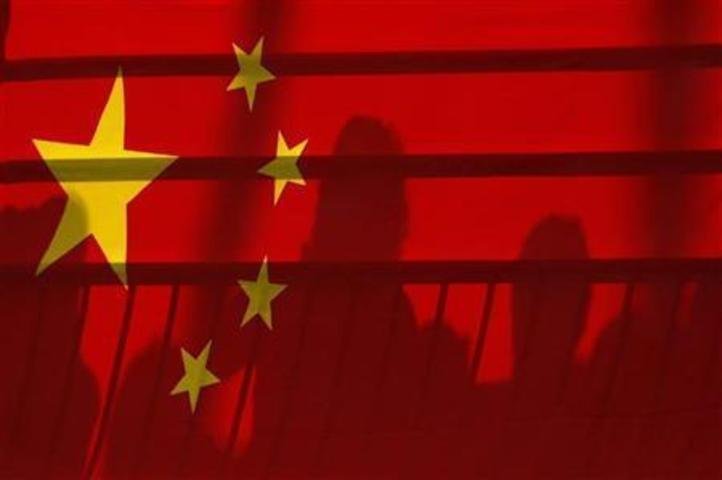
But the Chinese regime chose to soften its stance two years ago, as the rule was tweaked to allow couples to have a second child, given that one of them was the only child. Although out of 11 million couples who were eligible for this policy, only 1.45 million chose to have a second child, indicating a socio-cultural transition.
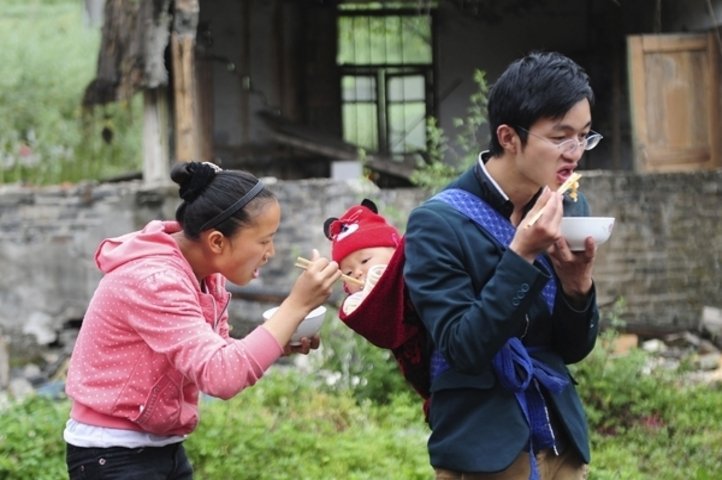
Now reports are suggesting that the Chinese administration might just do away with the one child policy entirely, and replace it with a two child policy, allowing couples to have a second child without facing taxes.
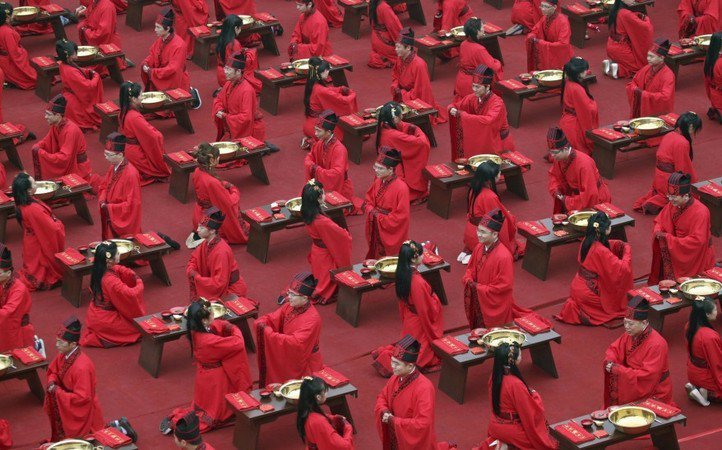
While the move is one that provides more freedom of choice to couples, there’s a lot more to it than what meets the eye. As per numerous reports, China’s workforce is getting older. This development will mean that work hours for citizens will see an extension, and the removal of the one child policy will be a part of a long-term plan.
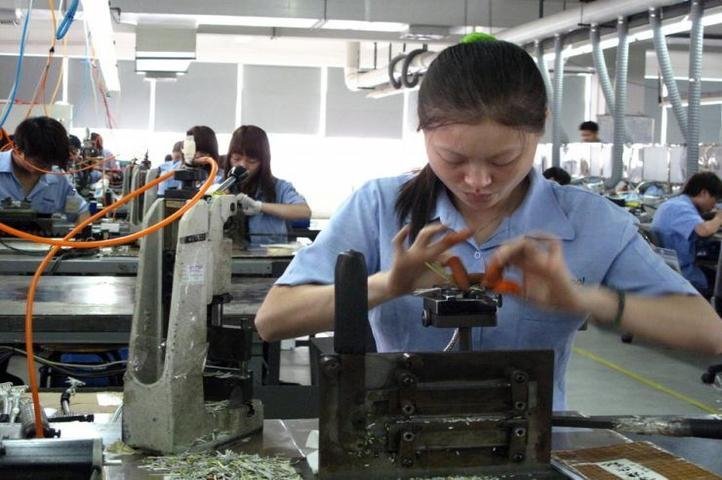
Looking at the shortage of labour that may hit China soon, government think tanks have advised the state to immediately implement a “two child policy”, as reported by the South China Morning Post.
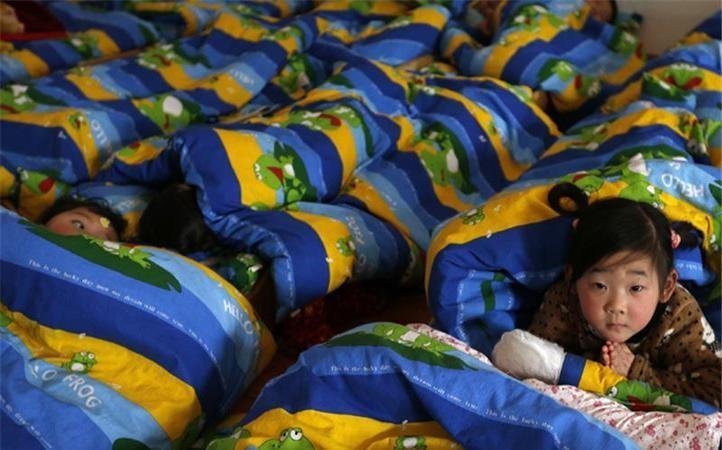
The plan comes as a solution for the decline in working age population in China, which also means that the working age which is now up to 59, might be revised.

















